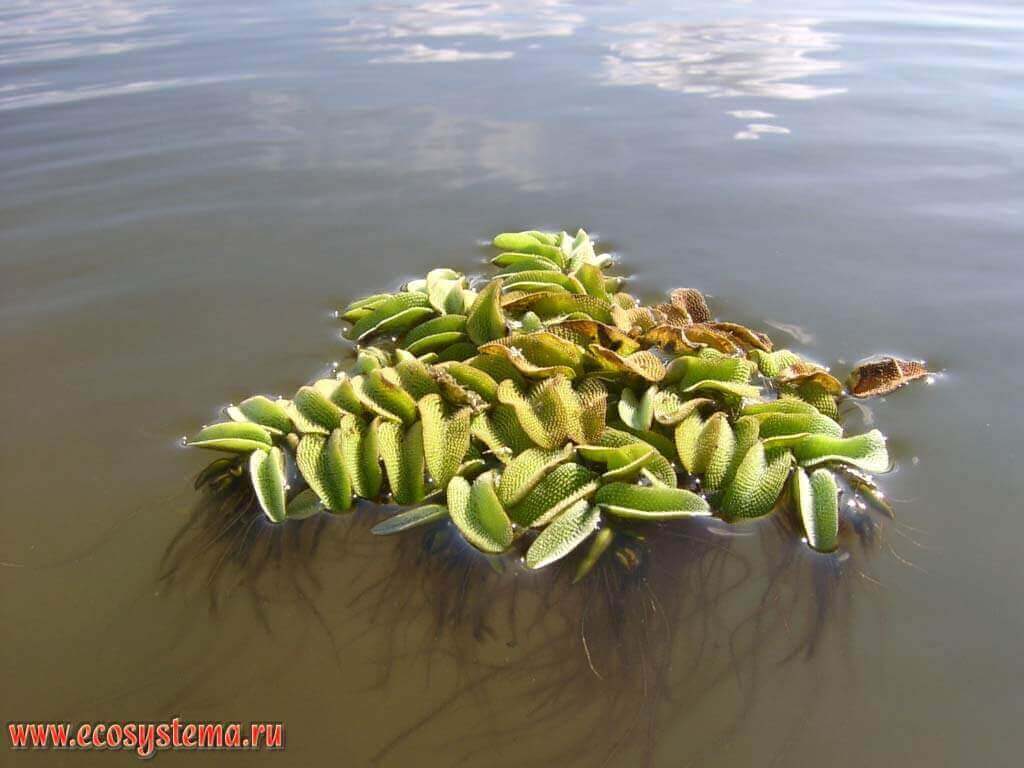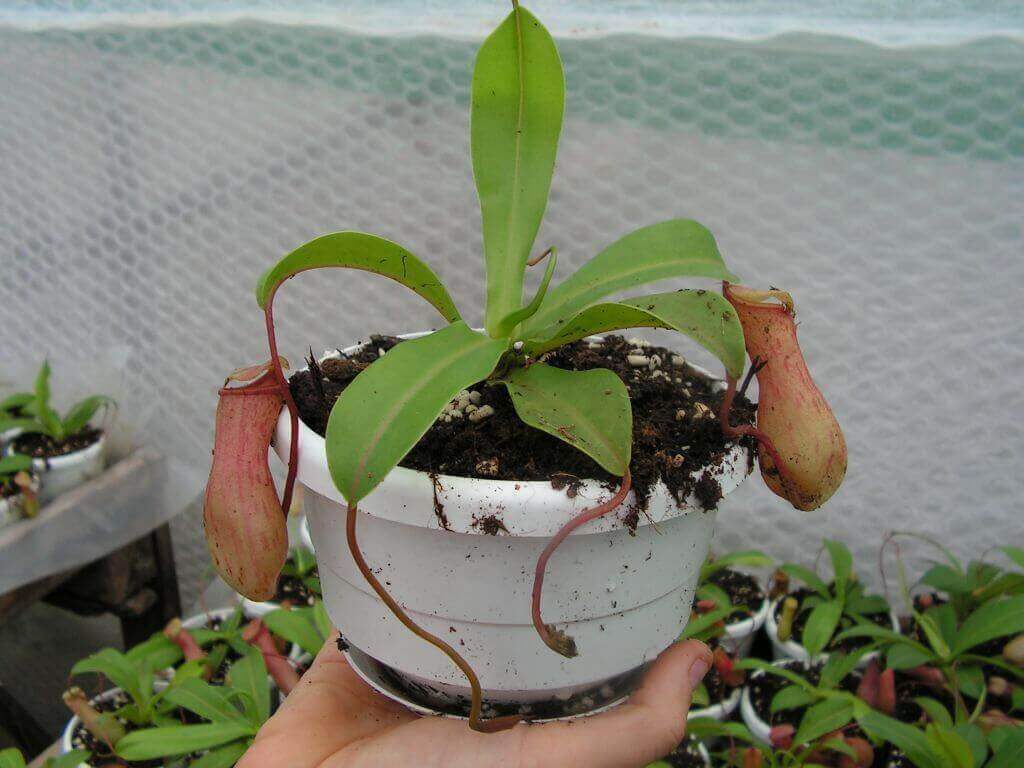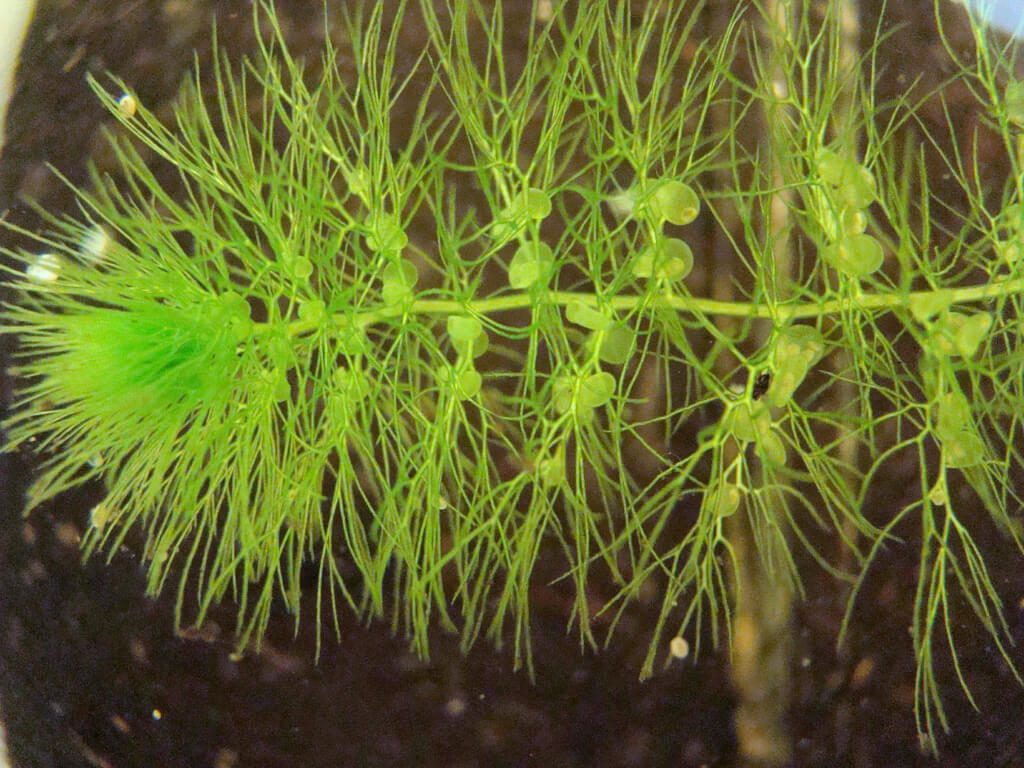Plants have changed themselves to adapt to their environment in excellent ways. One of them is the modifications of leaves. The leaves of several plants get modified into different forms based on the plant’s purpose and environment. Let’s have a look at some of these beautiful modifications here,
Spines
In most xerophytes (plants that grow in regions of scarce water) like Opuntia, the leaves are reduced to spines and the stem is modified into storage parts that store water for the plants. They also become green and take the responsibility of the leaves by performing photosynthesis.
The spines will also be found in plants like Acacia that grow and survive well in drought conditions. The spines help reduce water loss. Also, they radiate the excess heat from the stems. They are also useful in absorbing droplets of water from the fog.
While in some plants like Ocotillo, the petiole gets elongated and the leaflets grow and the end of the petiole and as the plant matures, the leaflets fall off and the petiole remains as a spine.

Leaves modified into spines on Opuntia 
Leaves modified into huge spines that sometimes house ants! 
The petioles become thorns after the leaf falls off
Succulent leaves
Some plants like Aloe vera and many other succulents have managed to grow fleshy leaves that serve as a storage part for water as well as reserve materials. The plants can survive for months without even a single drop of water and may turn brown. But, even if it gets a little amount of water, the entire plant will turn green in days!
Tendrils
In climbers, the leaf of plants would be modified into elongated structures to help the plants climb efficiently. There are 4 types of tendrils as,
- Leaves may get modified into tendrils as in Pisum sativum where the apical leaves are modified into tendrils.
- In some plants like Tropaeolum majus, the petioles are elongated and they grasp the nearby plants for support.
- In plants like Gloriosa superba, The leaf tips get elongated and become tendrils.
- In some plants like Lathyrus aphaca, the entire leaf gets modified into a tendril and the stipules expand to carry out the function of a leaf.
Hooks
Some plants modify their terminal leaflets into hooks that help the climbers to hold onto its substrate. In Bignonia unguis-cati, the terminal leaflets turn into three hooks and help the plant to climb.

Swollen petioles
Aquatic plants live Eichhornia, have bulged petioles that are filled with air and help the plants to float on water.


EichhorniaSalvinia natans
Leaves modified into roots
In Salvinia natans, an Aquatic fern, has three leaves that develop from each node. Two of the three leaves float above the water while the third leaf is submerged and is modified into a root.
Reproductive leaves
Plants like Bryophyllum daigremontianum produce adventitious buds along their leaf margins. These buds develop roots while on the parent plant and as they mature, they fall off the plant and start growing into a new plant when they land on nearby soil.

Sheathy leaf bases
Some plants lack true woody stems. For instance, Musa paradisiaca (Banana) plant the leaf base is expanded into a sheath that is rolled over one another in layers as new leaves grow. The sheathy leaf bases combine to form a pseudo stem that supports the plant to stand erect.
Traps
The plants that grow in nitrogen deficient places have modified themselves well to get it. The carnivorous plants like Nepenthes sp., the leaves are modified into a pod which is used to attract insects and other tiny animals to fall inside and digest them. The inner walls secrete digestive enzymes that help digest the insects and extract the nitrogen needed for the plant.

In Drosera burmannii, the leaf margins produce sticky substance that is irresistible to the insects and they fall for it. Then, the leaf rolls up to digest the insect.

In Utricularia vulgaris, the plant leaves are modified into bladders that capture small organisms and digest them. As something enters into the bladder, the valve closes and the digestion process begins.

Phyllode
In Acacia auriculiformis, the petioles expand to form Leaf like structures. They carry out the functions of the leaf. The true compound leaves appear in young plants and they fall off as they start growing. The true compound leaves may appear at the time of formation of seeds but they are short lived!

















nO YoU!
ur a God bro. thanks
Good presentation